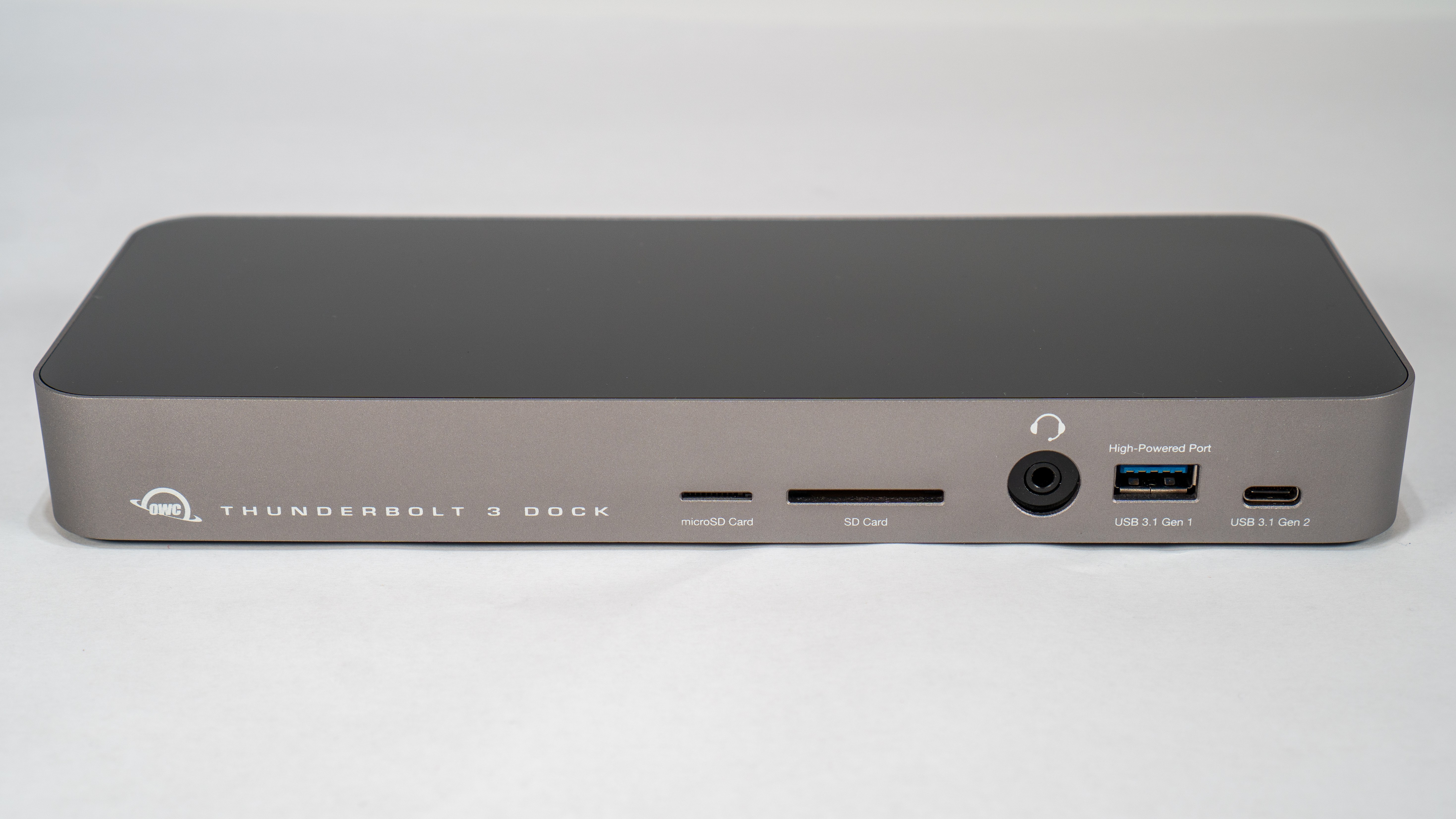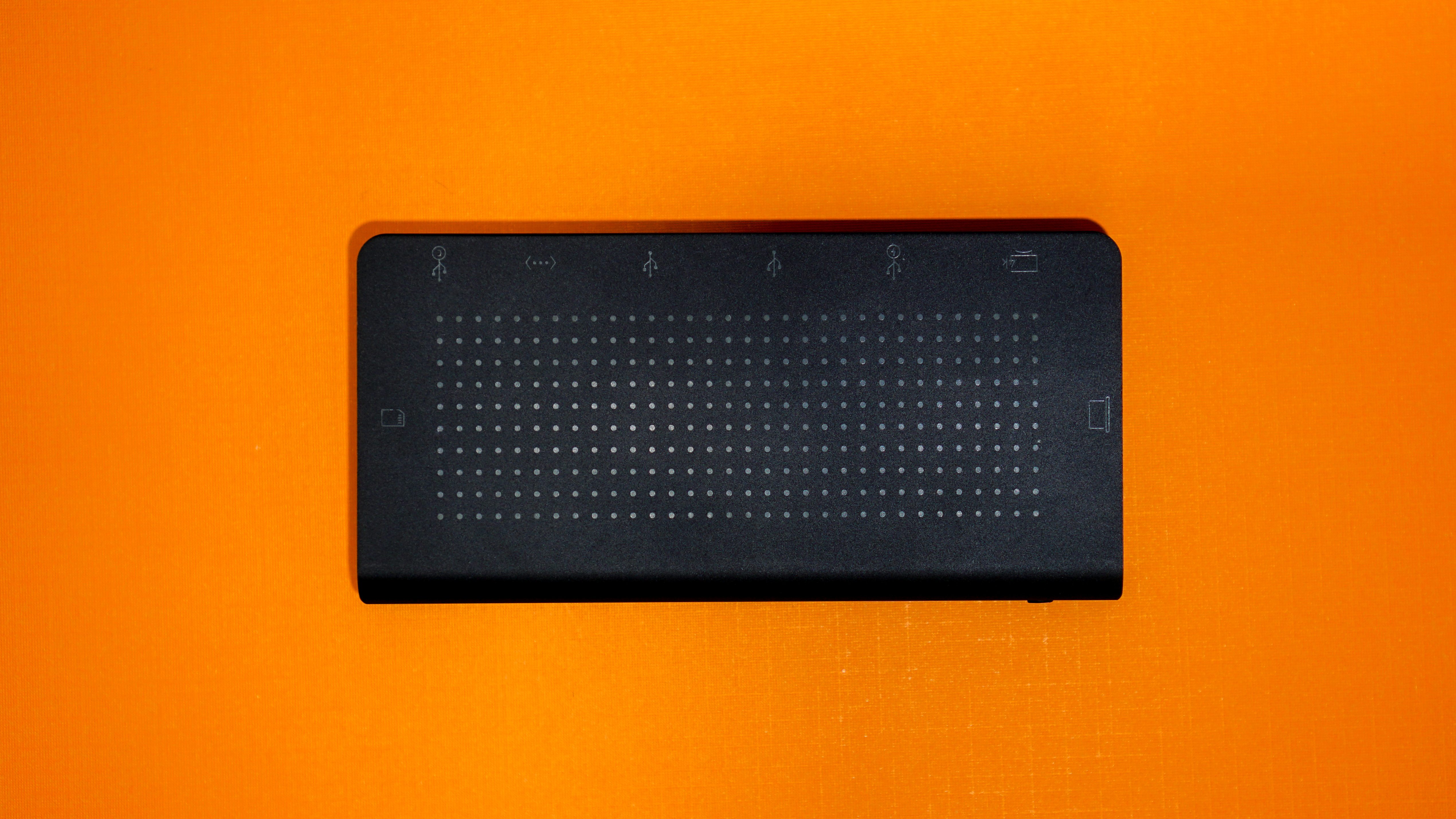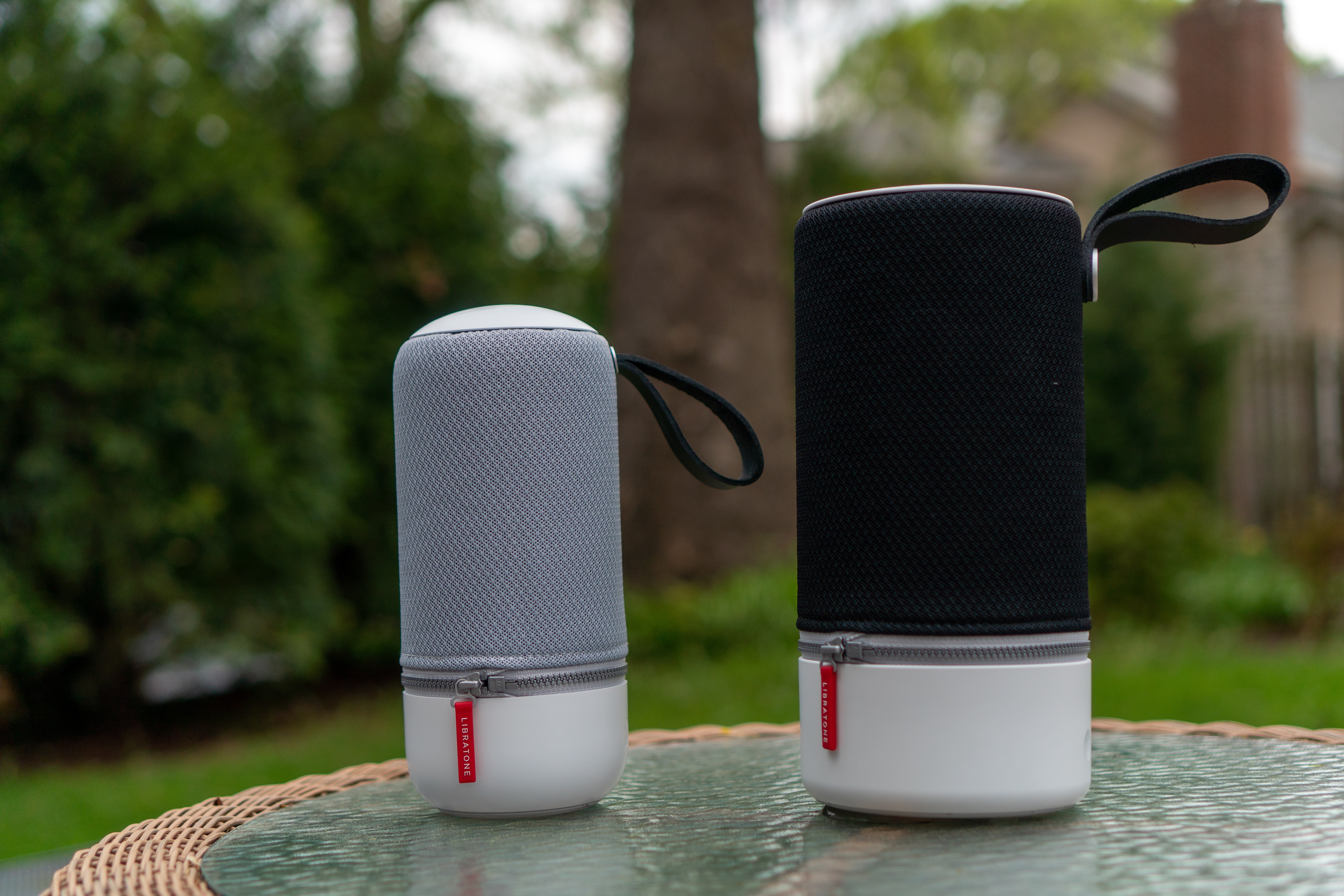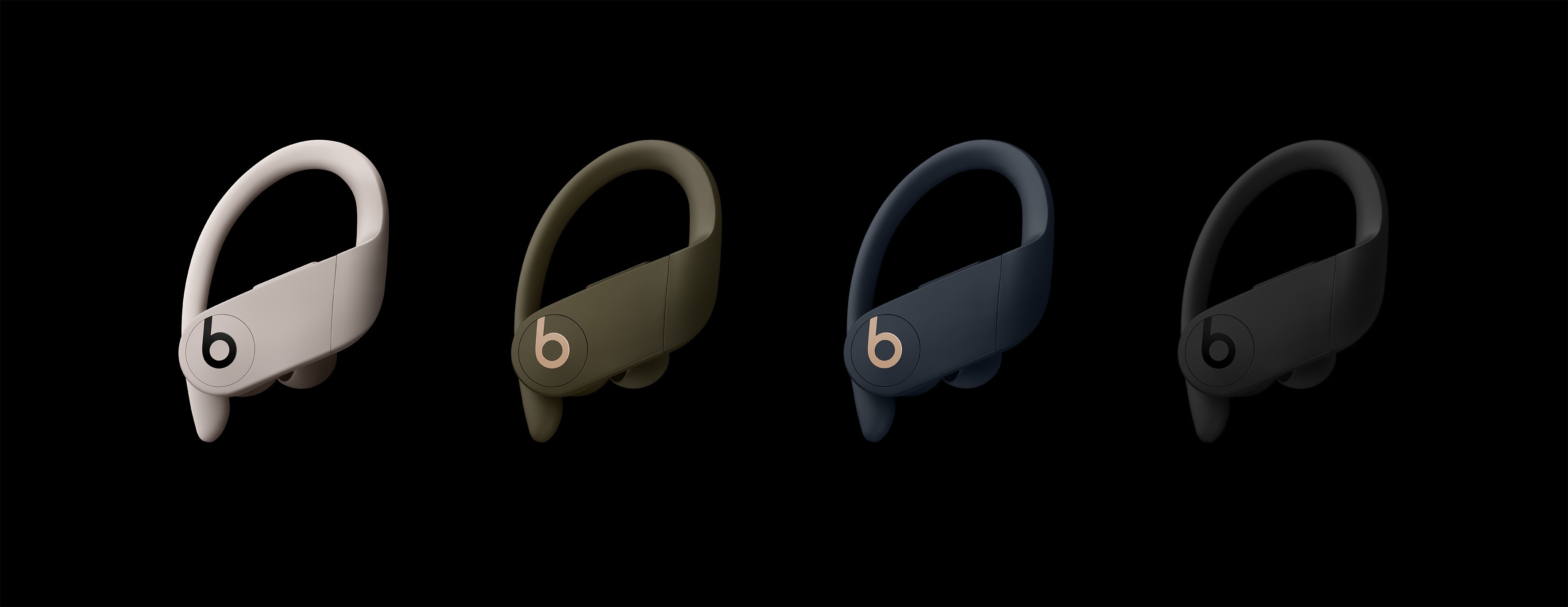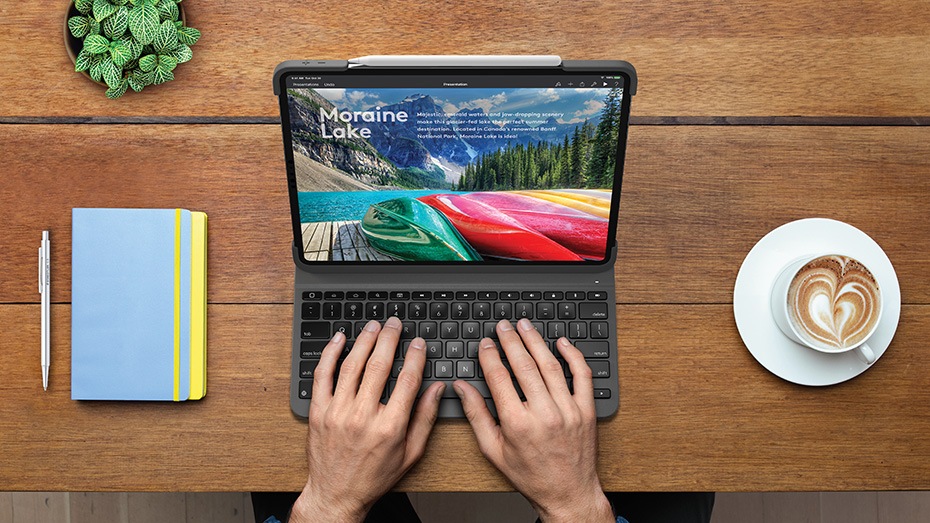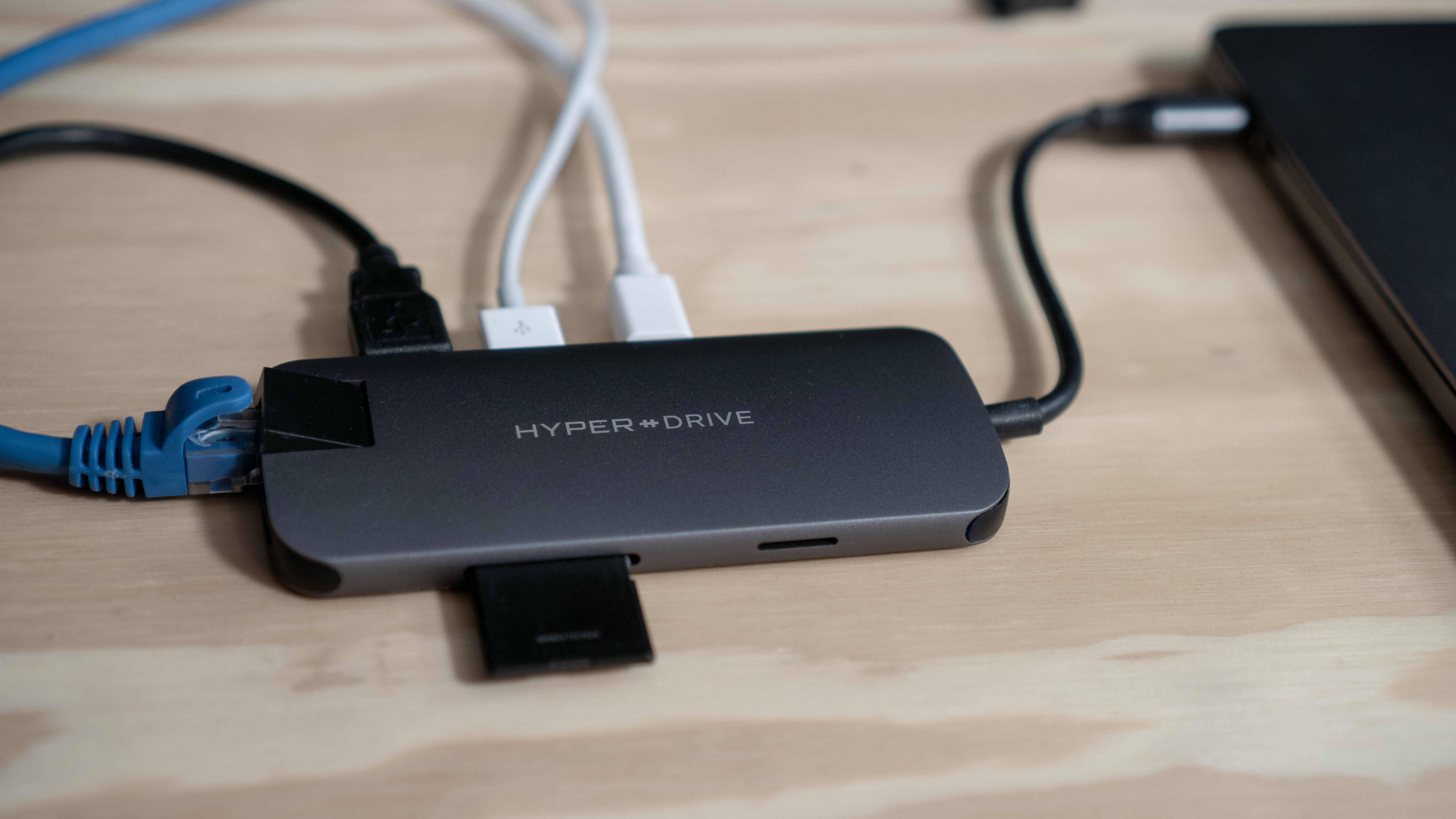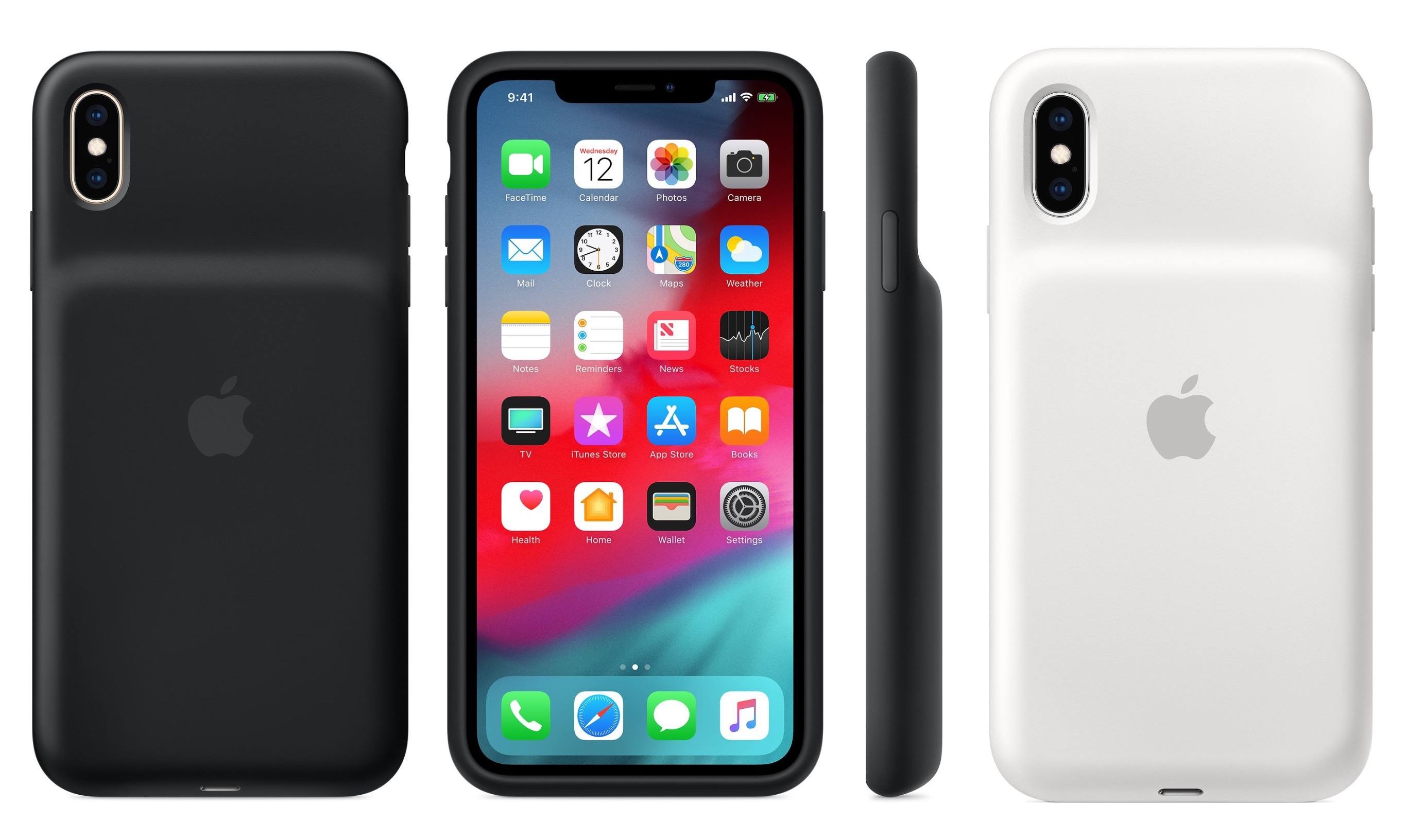By limiting its laptops to Thunderbolt 3 and USB-C ports, Apple has been able to continue its relentless pursuit of thinness. That’s great when you’re on the go. However, if an Apple laptop is your primary computer, the number and lacking diversity of ports is problematic. When you’re back at home or work, connecting legacy USB-A devices, SD and microSD cards, and Ethernet and HDMI cables requires an array of often expensive dongles and cables that quickly fill up the available ports on your Mac.
When I commuted to downtown Chicago for work, I carried a 2016 MacBook Pro with me. At the end of the day when I returned home, I sat the laptop on my desk and plugged in a bunch of cables and dongles, which was a pain. Because I work from home now, I don’t use my MacBook Pro that way very often anymore, except in the summertime when that laptop becomes a testbed for the latest macOS beta. I’ve been trying to work on the macOS beta from a MacBook Pro as much as possible over the summer, and the experience has caused me to revisit the frustration of unplugging cables and dongles every time I want to leave my desk and work elsewhere.
I had been thinking about ways to improve my summertime beta setup when Other World Computing offered to send me its OWC Thunderbolt 3 Dock to test. I took them up on the offer, and having used it for a while now, I love the convenience of being able to connect everything to my MacBook Pro with a single Thunderbolt 3 cable. It’s not an inexpensive solution, but compared to the cost of purchasing multiple over-priced dongles, it’s not as extravagant as it might seem at first.


